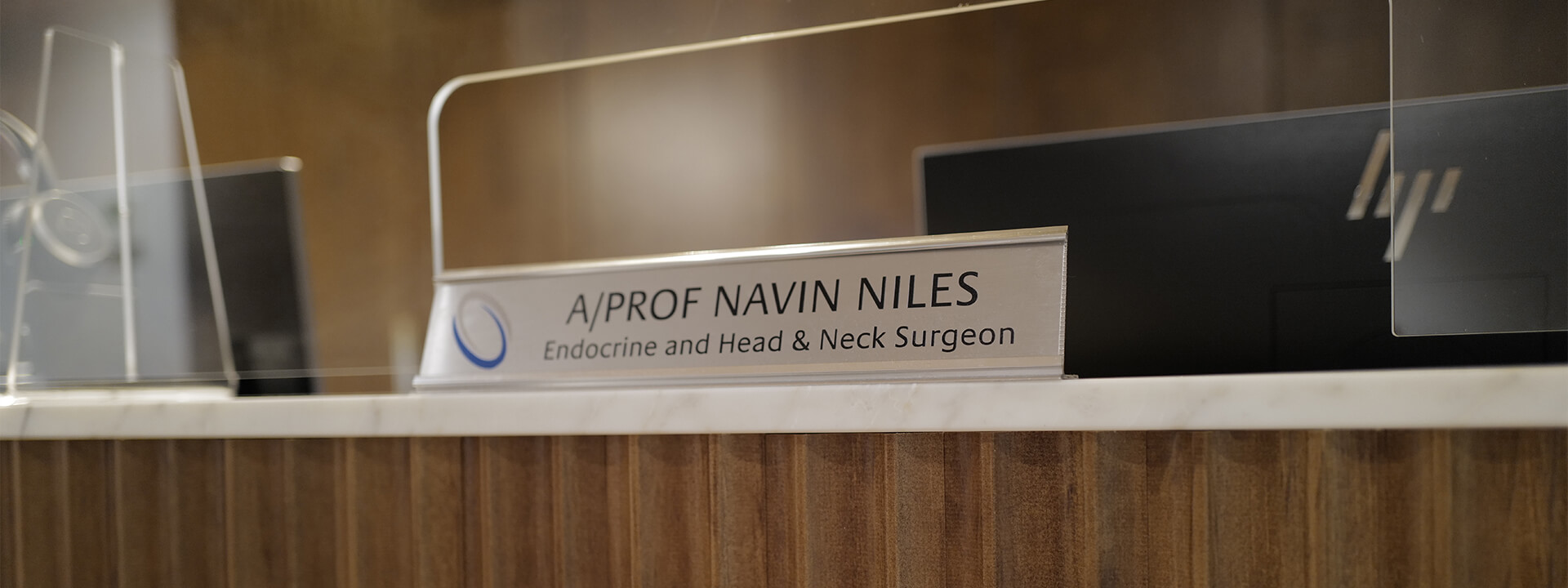ATA 2025 Guidelines for Differentiated Thyroid Cancer – What’s New
Introduction
The American Thyroid Association (ATA) released its long-awaited 2025 Guidelines for the Management of Adult Patients with Differentiated Thyroid Cancer (DTC), published in *Thyroid* (2025; 35[Suppl 1]:S1-S185). This comprehensive update builds on the 2015 framework, reflecting advances in molecular diagnostics, imaging, and targeted therapy, and an evolution toward risk-adapted, patient-centred care.
1. Risk-Adapted Individualised Care
The 2025 ATA guidelines emphasise precision management over uniform protocols. Treatment and surveillance intensity are now guided by the updated ATA Risk Stratification System, dynamic risk assessment, and shared decision-making between clinician and patient.
2. Initial Surgery – Lobectomy or Total Thyroidectomy?
Thyroid lobectomy is recommended for low-risk, intrathyroidal cancers ≤2 cm without nodal disease (cN0M0). Total thyroidectomy is reserved for tumours >4 cm, those with gross extrathyroidal extension, or clinically evident nodal/distant metastases. For tumours 2–4 cm, either approach may be suitable depending on surgeon experience and patient preference. High-volume thyroid surgeons are recommended to minimise complications. This reflects ongoing de-escalation for low-risk disease.
3. The Role of Radioactive Iodine (RAI)
Routine RAI ablation is no longer recommended for all total thyroidectomy patients. It is not indicated in low-risk, completely resected DTC with no residual disease. Selective adjuvant RAI may be considered in intermediate-risk cases, while therapeutic RAI remains appropriate for high-risk or metastatic disease.
4. Active Surveillance and Non-Surgical Management
For the first time, the ATA endorses active surveillance for selected very low-risk papillary microcarcinomas (≤1 cm, cT1aN0M0). This approach should be offered within a structured program with serial ultrasound and biochemical monitoring. Percutaneous ablation is also recognised as an emerging alternative in specialised centres.
5. TSH Suppression and Hormonal Therapy
TSH suppression is now individualised. Low-risk patients with no structural disease should maintain TSH in the low-normal range (0.5–2 mU/L). Intermediate- and high-risk patients, or those with incomplete response, may benefit from moderate suppression (0.1–0.5 mU/L). Long-term aggressive suppression is discouraged due to cardiovascular and skeletal risks.
6. Follow-Up and Dynamic Risk Re-Evaluation
Follow-up intensity is dynamically adjusted according to response to therapy. Thyroglobulin (Tg) and anti-Tg antibodies remain central biomarkers, with neck ultrasound as the main imaging modality. CT/MRI/PET-CT are reserved for high-risk or refractory disease.
7. Molecular Testing and Targeted Therapies
Molecular diagnostics are integrated for risk refinement and guiding systemic therapy. RET, NTRK, and ALK fusion-positive DTCs may receive targeted therapies such as selpercatinib, pralsetinib, or larotrectinib. For RAI-refractory disease without actionable targets, lenvatinib remains the preferred multikinase inhibitor.
8. Survivorship, Psychosocial and Financial Considerations
The 2025 guidelines introduce a dedicated section on survivorship. Long-term monitoring for recurrence, fatigue, voice change, and secondary malignancies is advised. Psychological wellbeing and financial toxicity are recognised, with structured transition to shared care after 5 years of remission.
9. Key Takeaways for Clinicians
• Lobectomy is now adequate for most low-risk DTC.
• Routine RAI for low-risk patients is not recommended.
• TSH suppression is individualised by risk and response.
• Active surveillance is endorsed for microcarcinomas.
• Molecular testing and targeted therapies are integrated.
• Survivorship and patient quality of life are prioritised.
Conclusion
The ATA 2025 Guidelines mark a shift toward risk-stratified, precision-based care. Clinicians should adopt lobectomy for low-risk disease, use RAI and TSH suppression judiciously, integrate molecular data for advanced disease, and focus on survivorship and shared decision-making. The framework promotes clinical clarity and patient empowerment while minimising overtreatment.
References
1. Haugen BR, et al. 2025 American Thyroid Association Guidelines for the Management of Adult Patients with Differentiated Thyroid Cancer. *Thyroid.* 2025; 35(Suppl 1): S1–S185. DOI: 10.1089/thy.2025.0100
2. Endocrine Society / AACE Commentary. *Endocrine Practice.* 2025; 31(9): e1257–e1278.
3. Guideline Central. ‘ATA Management Guidelines for Adult Differentiated Thyroid Cancer – 2025 Spotlight.’ Sept 2025.
4. ATA Public Summary. www.thyroid.org/new-ata-guidelines-adult-patients-differentiated-thyroid-cancer/
